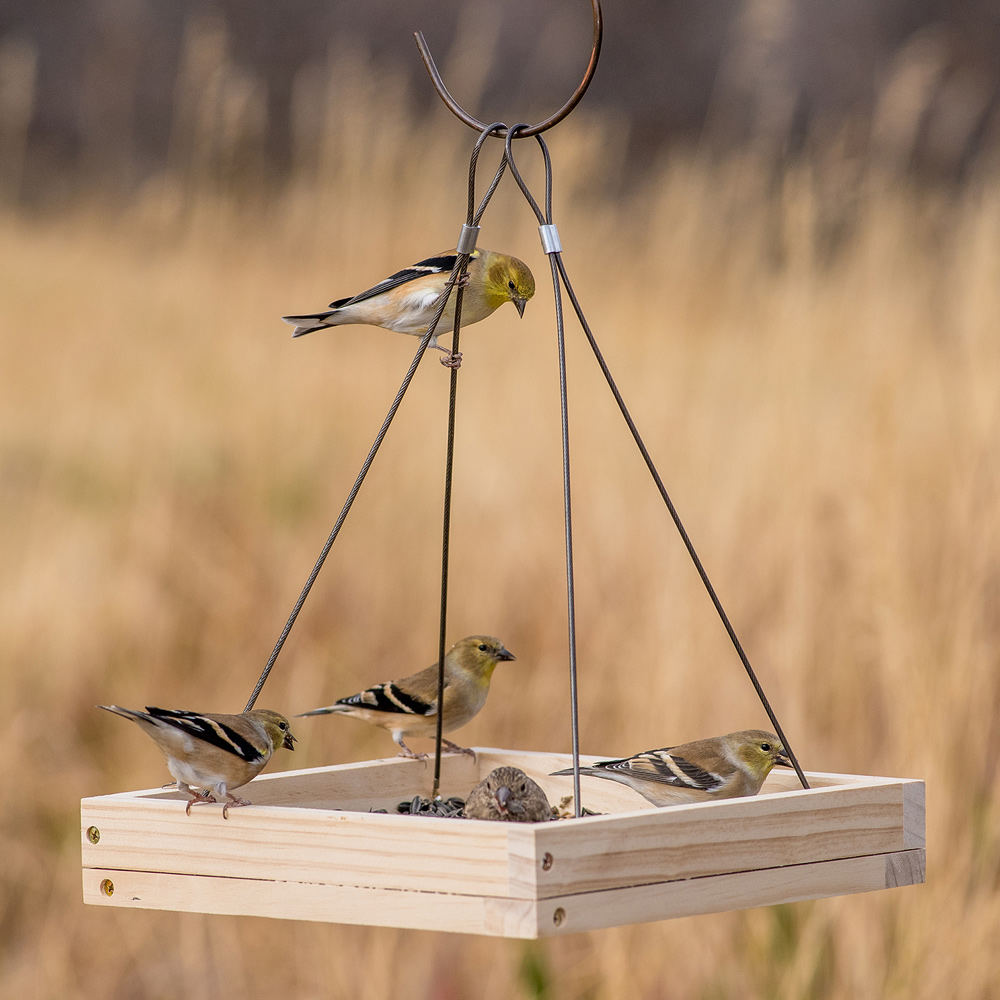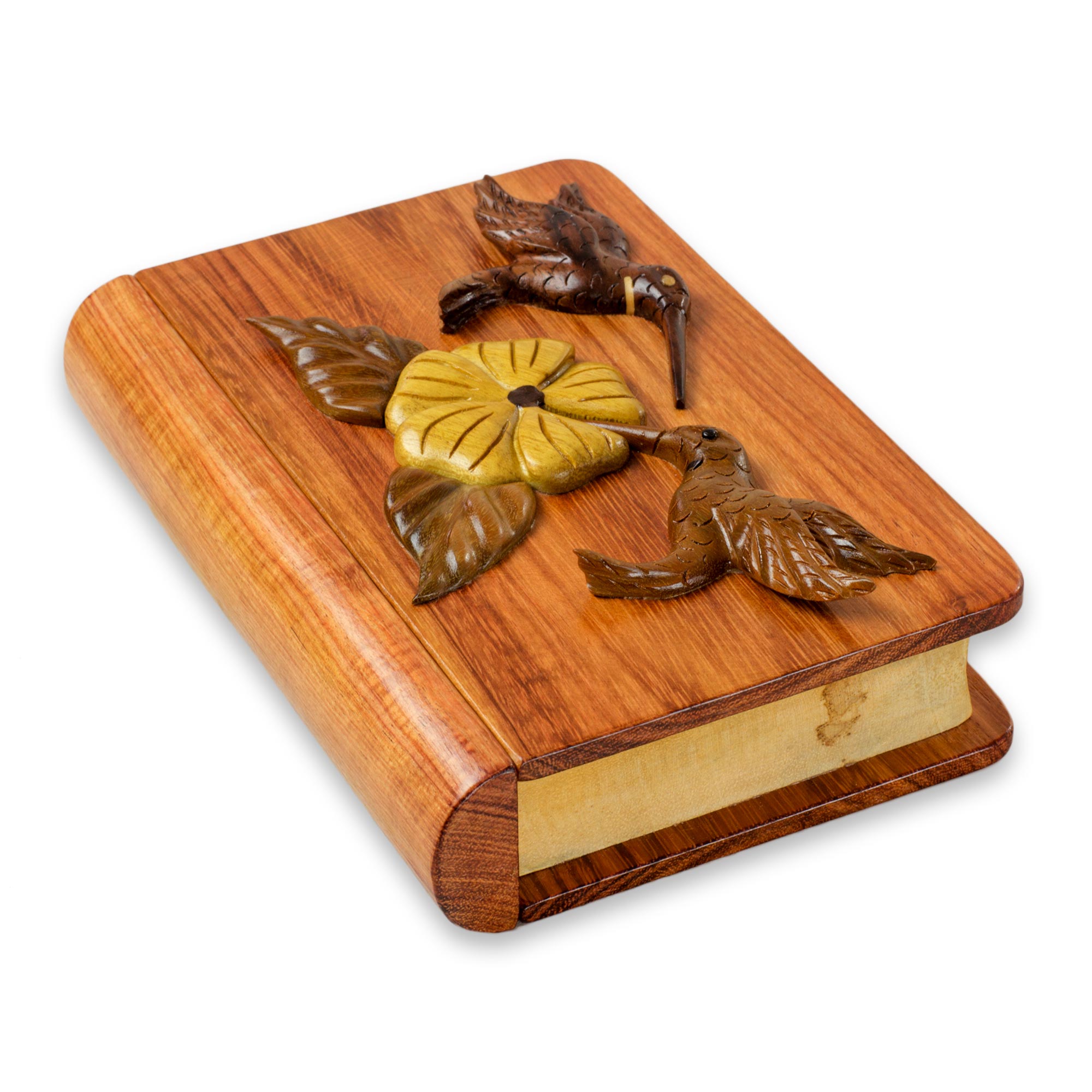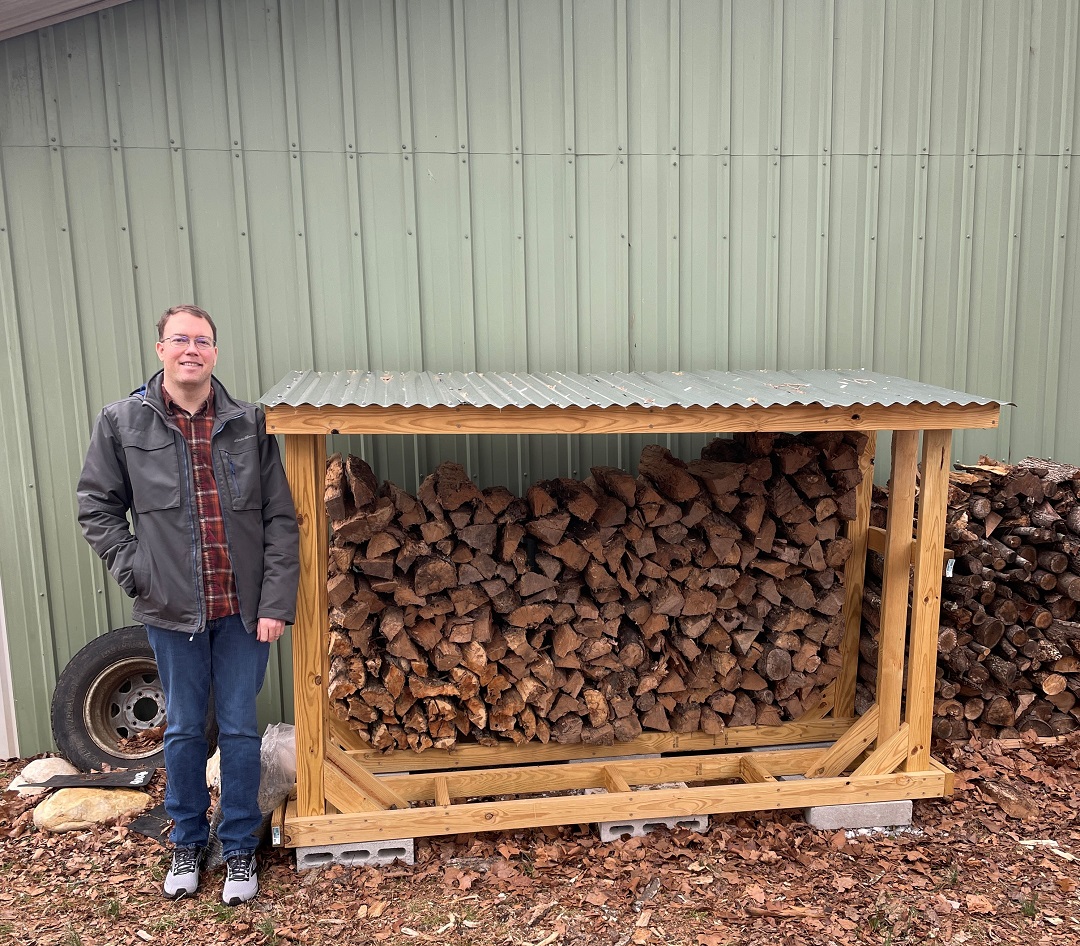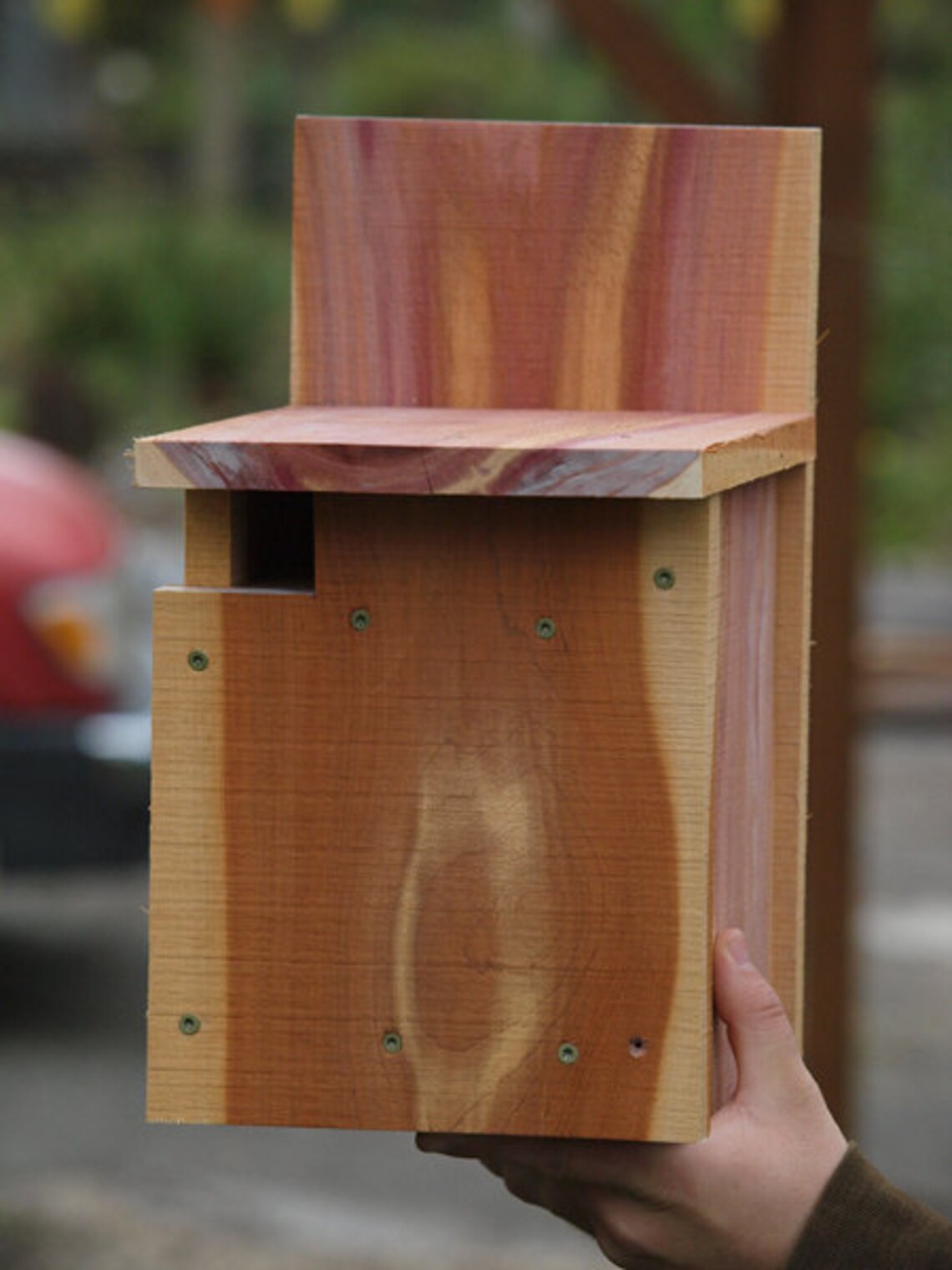
DIY Wooden Bird Feeders That Will Stand Out at Craft Fairs and Online Shops
Are you a crafty individual with a passion for woodworking and a love for birds? If so, why not combine your talents and create stunning, handcrafted bird feeders that will attract attention at craft fairs and online shops? By adding a touch of creativity and personalized designs, your bird feeders can become unique works of art, capturing the hearts of bird lovers and nature enthusiasts alike.
Crafting Bird Feeders that Sing
The key to success in the competitive world of craft fairs and online shops is to offer something special, something that sets your creations apart. Forget about plain, generic feeders; focus on crafting bird feeders that tell a story, evoke emotions, and showcase your unique artistic vision.
Embrace the Unexpected
Step away from the traditional rectangular or round feeders and embrace unconventional shapes. Imagine a bird feeder shaped like a whimsical birdhouse, a charming cottage, or a charming gnome's dwelling. The possibilities are endless!
Incorporate Natural Elements
Nature provides an abundance of materials that can enhance the beauty of your bird feeders. Consider using twigs, branches, moss, pine cones, and even natural stones to create rustic and organic designs. These elements add a touch of authenticity and connect your creations to the natural world.
Personalize with Paint and Detail
Once you have your basic feeder shape, it's time to add personality. Let your imagination run wild with paint, stencils, and embellishments. Paint vibrant flowers, whimsical birds, or intricate patterns. You can also add charming details like miniature birdhouses, decorative windows, or whimsical doors.
Marketing Your Bird Feeders for Success
Now that you have crafted beautiful, unique bird feeders, it's time to showcase them to the world. Marketing your creations effectively can make all the difference in attracting customers and generating sales.
Craft Fairs and Events
Craft fairs provide a fantastic platform to showcase your handcrafted bird feeders to a captive audience. Choose events that cater to nature enthusiasts, bird lovers, and those who appreciate handcrafted goods. Be sure to bring eye-catching displays, brochures, and business cards to create a memorable experience for potential customers.
Online Marketplaces
Online marketplaces offer a global audience for your creations. Platforms like Etsy, Amazon Handmade, and Shopify allow you to showcase your bird feeders to a vast network of potential buyers. Create high-quality product photos and write compelling descriptions that highlight the unique features and craftsmanship of your feeders.
Social Media Presence
Social media is an invaluable tool for promoting your bird feeders. Create engaging content featuring beautiful photos and videos of your creations, showcase customer testimonials, and offer behind-the-scenes glimpses into your creative process. Build a following of bird lovers and nature enthusiasts, and connect with them on a personal level.
Building a Bird Feeder Business
With creativity, dedication, and a touch of marketing savvy, you can transform your passion for bird feeders into a thriving business. Here are some tips to help you grow and succeed:
Expand Your Product Line
Offer a variety of bird feeders in different sizes, shapes, and styles to cater to diverse tastes and needs. Consider creating feeders specifically designed for different types of birds, or feeders that offer unique features like hanging baskets or seed compartments.
Provide Excellent Customer Service
Building strong relationships with your customers is essential. Respond to inquiries promptly, offer personalized advice, and provide exceptional after-sales support. Treat your customers like valued members of your bird-loving community.
Promote Sustainability
In today's environmentally conscious world, consumers are increasingly drawn to sustainable products. Highlight the use of reclaimed or recycled materials in your bird feeders. Consider offering options for eco-friendly packaging and shipping methods.
By embracing creativity, incorporating unique designs, and marketing your bird feeders effectively, you can create a successful and fulfilling business that celebrates both your passion for woodworking and your love for birds.











:strip_icc()/cold-frames-protecting-plants-garden-e99b8336c569433d80e290076d1b1160.jpg)
